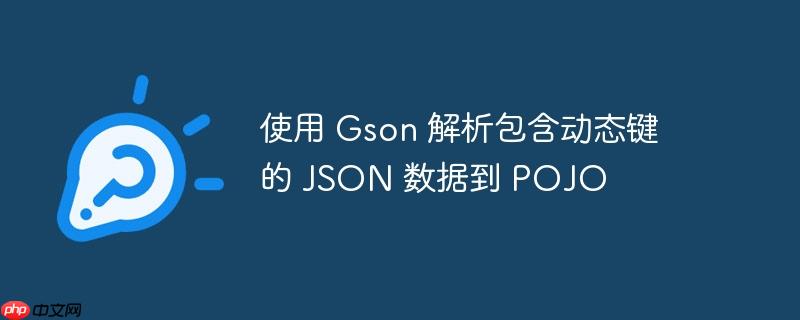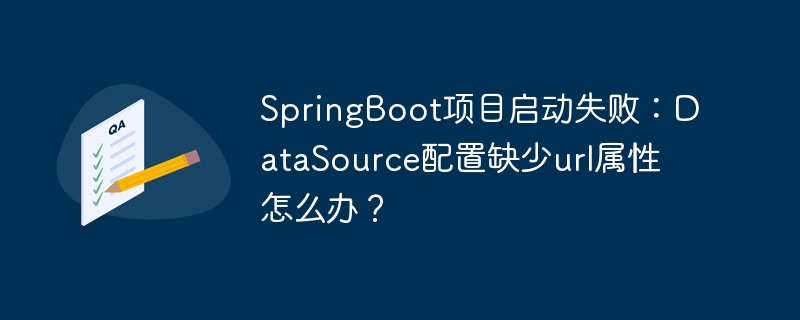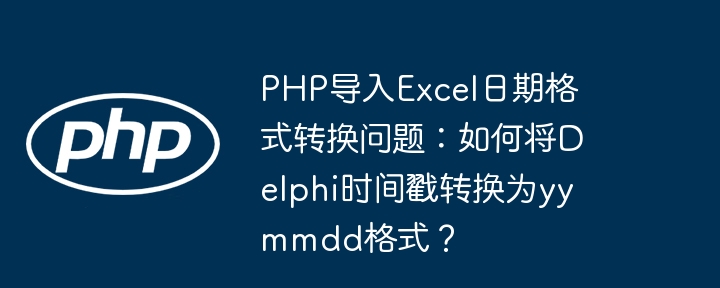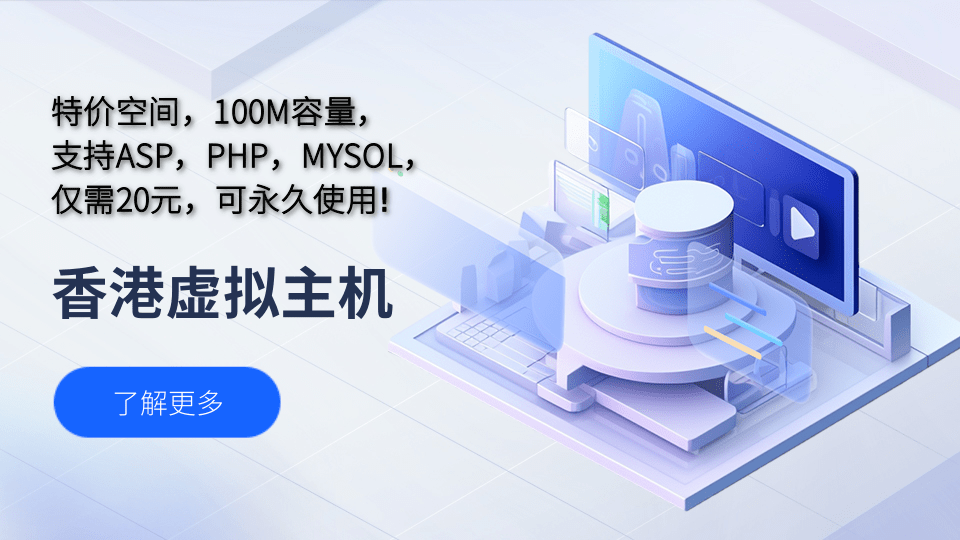
本文档旨在帮助开发者理解如何使用 Gson 库解析包含动态键的 json 数据,并将其映射到 Java POJO (Plain Old Java Object) 类中。我们将通过一个股票行情数据的例子,详细介绍如何正确地定义 POJO 类结构,以及如何使用 Gson 进行反序列化,解决retrofit2返回NULL的问题。
理解 JSON 结构与 POJO 设计
在处理包含动态键的 JSON 数据时,关键在于理解数据的结构,并设计合适的 POJO 类来映射它。例如,考虑以下 JSON 结构:
{ "Meta Data": { "1. Information": "intraday (5min) open, high, low, close prices and volume", "2. Symbol": "IBM", "3. Last Refreshed": "2022-10-26 19:40:00", "4. Interval": "5min", "5. Output Size": "Compact", "6. Time Zone": "US/Eastern" }, "Time Series (5min)": { "2022-10-26 19:40:00": { "1. open": "135.0600", "2. high": "135.0700", "3. low": "135.0400", "4. close": "135.0700", "5. volume": "500" }, "2022-10-26 19:05:00": { "1. open": "135.3500", "2. high": "135.3500", "3. low": "135.3500", "4. close": "135.3500", "5. volume": "106" } } }
在这个例子中,”Time Series (5min)” 下的键是动态的,代表不同的时间戳。我们需要使用 map
POJO 类定义
以下是对应的 POJO 类定义:
import com.google.gson.annotations.Expose; import com.google.gson.annotations.SerializedName; import java.util.Map; public class DailyQuote { @SerializedName("Meta Data") @Expose private MetaData metaData; @SerializedName("Time Series (5min)") @Expose private Map<String, Date> timeSeries; // 修改为 Map<String, Date> public DailyQuote() { } public DailyQuote(MetaData metaData, Map<String, Date> timeSeries) { this.metaData = metaData; this.timeSeries = timeSeries; } public MetaData getMetaData() { return metaData; } public void setMetaData(MetaData metaData) { this.metaData = metaData; } public Map<String, Date> getTimeSeries() { return timeSeries; } public void setTimeSeries(Map<String, Date> timeSeries) { this.timeSeries = timeSeries; } } public class MetaData { @SerializedName("1. Information") @Expose private String _1Information; @SerializedName("2. Symbol") @Expose private String _2Symbol; @SerializedName("3. Last Refreshed") @Expose private String _3LastRefreshed; @SerializedName("4. Interval") @Expose private String _4Interval; @SerializedName("5. Output Size") @Expose private String _5OutputSize; @SerializedName("6. Time Zone") @Expose private String _6TimeZone; public MetaData() { } public MetaData(String _1Information, String _2Symbol, String _3LastRefreshed, String _4Interval, String _5OutputSize, String _6TimeZone) { this._1Information = _1Information; this._2Symbol = _2Symbol; this._3LastRefreshed = _3LastRefreshed; this._4Interval = _4Interval; this._5OutputSize = _5OutputSize; this._6TimeZone = _6TimeZone; } public String get1Information() { return _1Information; } public void set1Information(String _1Information) { this._1Information = _1Information; } public String get2Symbol() { return _2Symbol; } public void set2Symbol(String _2Symbol) { this._2Symbol = _2Symbol; } public String get3LastRefreshed() { return _3LastRefreshed; } public void set3LastRefreshed(String _3LastRefreshed) { this._3LastRefreshed = _3LastRefreshed; } public String get4Interval() { return _4Interval; } public void set4Interval(String _4Interval) { this._4Interval = _4Interval; } public String get5OutputSize() { return _5OutputSize; } public void set5OutputSize(String _5OutputSize) { this._5OutputSize = _5OutputSize; } public String get6TimeZone() { return _6TimeZone; } public void set6TimeZone(String _6TimeZone) { this._6TimeZone = _6TimeZone; } } public class Date { @SerializedName("1. open") @Expose private String _1Open; @SerializedName("2. high") @Expose private String _2High; @SerializedName("3. low") @Expose private String _3Low; @SerializedName("4. close") @Expose private String _4Close; @SerializedName("5. volume") @Expose private String _5Volume; public Date() { } public Date(String _1Open, String _2High, String _3Low, String _4Close, String _5Volume) { this._1Open = _1Open; this._2High = _2High; this._3Low = _3Low; this._4Close = _4Close; this._5Volume = _5Volume; } public String get1Open() { return _1Open; } public void set1Open(String _1Open) { this._1Open = _1Open; } public String get2High() { return _2High; } public void set2High(String _2High) { this._2High = _2High; } public String get3Low() { return _3Low; } public void set3Low(String _3Low) { this._3Low = _3Low; } public String get4Close() { return _4Close; } public void set4Close(String _4Close) { this._4Close = _4Close; } public String get5Volume() { return _5Volume; } public void set5Volume(String _5Volume) { this._5Volume = _5Volume; } @Override public String toString() { return "List:{" + "Open='" + get1Open() + ''' + ", High='" + get2High() + ''' + ", Low='" + get3Low() + ''' + ", Close='" + get4Close() + ''' + ", Volume='" + get5Volume(); } }
注意 DailyQuote 类中 timeSeries 字段的类型是 Map
使用 Gson 反序列化 JSON
使用 Gson 反序列化 JSON 数据非常简单:
import com.google.gson.Gson; public class Main { public static void main(String[] args) { String json = "{n" + " "Meta Data": {n" + " "1. Information": "Intraday (5min) open, high, low, close prices and volume",n" + " "2. Symbol": "IBM",n" + " "3. Last Refreshed": "2022-10-26 19:40:00",n" + " "4. Interval": "5min",n" + " "5. Output Size": "Compact",n" + " "6. Time Zone": "US/Eastern"n" + " },n" + " "Time Series (5min)": {n" + " "2022-10-26 19:40:00": {n" + " "1. open": "135.0600",n" + " "2. high": "135.0700",n" + " "3. low": "135.0400",n" + " "4. close": "135.0700",n" + " "5. volume": "500"n" + " },n" + " "2022-10-26 19:05:00": {n" + " "1. open": "135.3500",n" + " "2. high": "135.3500",n" + " "3. low": "135.3500",n" + " "4. close": "135.3500",n" + " "5. volume": "106"n" + " }n" + " }n" + "}"; Gson gson = new Gson(); DailyQuote dailyQuote = gson.fromJson(json, DailyQuote.class); System.out.println("Meta Data: " + dailyQuote.getMetaData().get2Symbol()); System.out.println("Time Series: " + dailyQuote.getTimeSeries().toString()); } }
这段代码首先创建了一个 Gson 实例,然后使用 fromJson() 方法将 JSON 字符串转换为 DailyQuote 对象。
Retrofit 集成
在 Retrofit 中使用 Gson,你需要确保 Gson Converter Factory 被正确配置。以下是一个简单的 Retrofit 接口定义:
import retrofit2.Call; import retrofit2.http.GET; public interface ApiService { @GET("your_api_endpoint") Call<DailyQuote> getDailyQuote(); }
确保你的 Retrofit 客户端配置中包含了 Gson Converter Factory:
import retrofit2.Retrofit; import retrofit2.converter.gson.GsonConverterFactory; public class RetrofitClient { private static Retrofit retrofit; private static final String BASE_URL = "your_base_url"; public static Retrofit getRetrofitInstance() { if (retrofit == null) { retrofit = new Retrofit.Builder() .baseUrl(BASE_URL) .addConverterFactory(GsonConverterFactory.create()) .build(); } return retrofit; } }
然后,你可以像这样使用 Retrofit 获取数据:
import retrofit2.Call; import retrofit2.Callback; import retrofit2.Response; public class NetworkCall { public static void main(String[] args) { ApiService apiService = RetrofitClient.getRetrofitInstance().create(ApiService.class); Call<DailyQuote> call = apiService.getDailyQuote(); call.enqueue(new Callback<DailyQuote>() { @Override public void onResponse(Call<DailyQuote> call, Response<DailyQuote> response) { if (response.isSuccessful()) { DailyQuote dailyQuote = response.body(); System.out.println("Meta Data: " + dailyQuote.getMetaData().get2Symbol()); System.out.println("Time Series: " + dailyQuote.getTimeSeries().toString()); } else { System.out.println("Request failed: " + response.message()); } } @Override public void onFailure(Call<DailyQuote> call, Throwable t) { System.out.println("Request failed: " + t.getMessage()); } }); } }
注意事项
- 字段命名: 确保 POJO 类的字段名与 JSON 中的键名一致,或者使用 @SerializedName 注解来指定映射关系。
- 数据类型: 选择合适的数据类型来映射 JSON 中的值。例如,数字可以使用 int、double 或 String,布尔值可以使用 Boolean,数组可以使用 List。
- Gson 配置: 可以自定义 Gson 实例,例如设置日期格式、处理 null 值等。
- 异常处理: 在反序列化过程中,可能会出现异常,例如 JSON 格式错误、数据类型不匹配等。需要进行适当的异常处理。
总结
通过本文,你学习了如何使用 Gson 解析包含动态键的 JSON 数据,并将其映射到 POJO 类中。关键在于理解 JSON 结构,并使用 Map


















